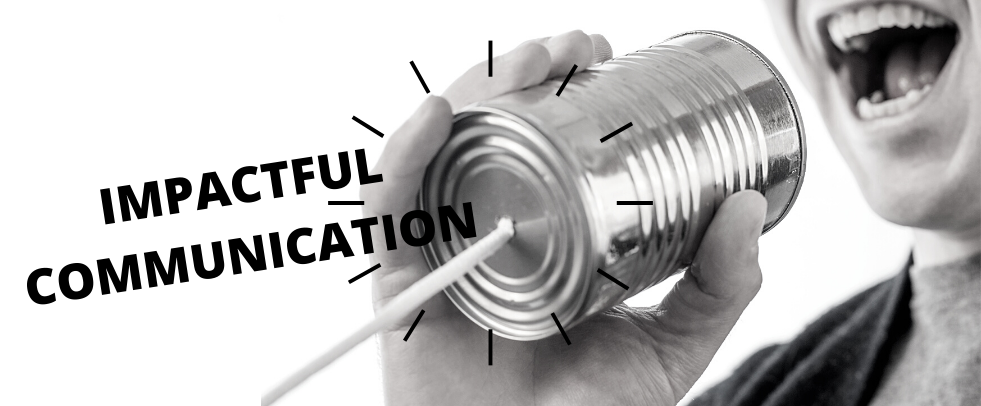High Impact “COMMUNICATION”
- CIC Academy
- Uncategorized
- 0 Comment

Our interactions are hugely guided by our ability to communication effectively with others. Better the ability to convey our thoughts and emotions, the better are our relations.
In a fast-paced and competitive workplace, we face growing challenge everyday to emote gracefully without hurting anyone’s ego or feelings. This may result in unwanted stress and there are some who may end up in depression.
It is vital to learn the art of effective workplace communication not only to maintain good personal and professional relations but also to build on your employability skills and self-confidence which are the most important ingredient of success and happiness in today’s world.
Communication is the most important life skill. Every human being needs to express his/her opinions to socialize. Communication is a process by which we give, receive or exchange information with others. It can be both in oral and written form. In both the forms, we need three elements- The speaker/ writer (source), the listener/ reader (receiver) and the message. There are four channels of communication- Speaking, Listening, Reading and Writing. Regardless of the channel used for communicating, the message to be delivered should be clean, complete and correct.
Communication can be classified into two categories: Verbal and non-verbal. A research done by Mehrabian in 2007 showed that 55% of our message comes from body language, 38% comes from tone of voice and only 7% of our message is conveyed by the words we use. Therefore, it is very important to use correct body language to compliment the verbal message.
Verbal communication: To improve verbal communication, we must have good speaking as well as listening skills. To be an effective communicator, it is very important to know your audiences’ needs, interests and goals. The message must be clear, concise and be conveyed respectfully. Listening skills can be improved by paying attention, verifying by asking questions, acknowledging using non-verbal gestures like nodding head etc. In the written communication, the information provided should be clear and in condensed form. To enhance and support the information, we must use pictures, tables or statistics. It should be written in a positive manner and be able to politely persuade and recommend suggestions, if required.
Non-verbal communication includes body language, proximity or space, gestures, face expressions, tone of voice, eye contact etc. They clarify and support the words, strengthen the audience’s understanding of verbal message and convey the feelings and attitudes more clearly.
There are three types of communication styles: Assertive, Aggressive and Passive communication. The most effective type of communication is assertive in which, information is exchanged in a clear, confident and controlled manner. Misunderstanding or difference in opinions may lead to conflicts during communication. The strategy to resolve the conflict involves three techniques- Persuasion, Negotiation and Mediation.
In practical world, there can be various barriers to communication, however by incorporating best practices and approaches in verbal and non-verbal communication, these barriers can be effectively overcome.
If you wish to learn about effective workplace communication skills, consider Skills4Work courses by CIC Academy







